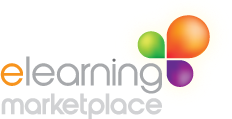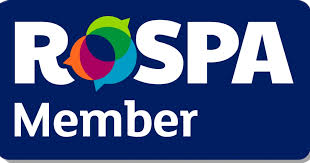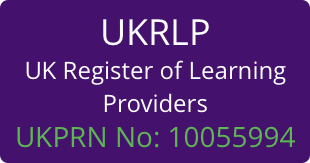
Well-written learning objectives are a critical component of effective instructional design and delivering training, whether it’s for face to face or online learning, and can significantly impact the success of your training initiatives.
Learning objectives provide a clear direction for both trainers and learners, helping to define what learners should know, understand, or be able to do by the end of a learning experience. Here’s our step-by-step guide on how to write effective learning objectives:
- Focus on the Desired Outcome
Clearly state the desired outcome of the learning. What should the learner be able to do or know after completing the learning experience? Avoid including unnecessary details or information not directly related to the objective. - Consider the Audience
Tailor your learning objectives to the needs and abilities of your learners. Consider their prior knowledge, experience, and developmental stage. - Start with Clear Action Verbs
Begin your learning objective with a clear and measurable action verb that describes what the learner will do. Common action verbs for learning objectives include:- Analyze
- Compare
- Create
- Describe
- Evaluate
- Identify
- Solve
- Explain
- Demonstrate
- Apply
The choice of verb should align with the level of cognitive skill you want the learner to demonstrate. Bloom’s Taxonomy can help you select the appropriate verb for the desired level of learning.
- Be Specific and Observable
Ensure that your learning objective describes something that can be assessed or observed. Avoid vague or ambiguous language. For example, instead of saying “understand,” specify what the learner should understand, like “explain the concept of…” - Ensure Objectives are Learner Centred
The objective should focus on what the learner will be able to do, NOT what the instructor will teach. For example, instead of saying “The instructor will teach learners about the water cycle,” say “Learners will be able to explain the water cycle in their own words.” - Use the SMART Criteria
Consider using the SMART criteria to evaluate your learning objectives. SMART stands for Specific, Measurable, Achievable, Relevant, and Time-bound. Ensure your objectives meet these criteria. - Use Measurable Outcomes
Learning objectives should be measurable, meaning that there should be a clear way to determine whether the learner has achieved the objective. Use quantifiable terms or criteria that can be observed or assessed, such as “80% accuracy” or “within 30 minutes.” - Keep it Concise
Learning objectives should be concise and to the point. Aim to make them easily understood and memorable. - Organise Objectives
If you have multiple objectives for a lesson or course, organise them logically. Consider sequencing them to build on each other, or grouping related objectives together. - Communicate Objectives to Learners
Share the learning objectives with your learners at the beginning of the course or lesson. This helps set clear expectations and provides a roadmap for what they will achieve. - Assess and Adjust
Continuously assess whether your learning objectives are being met and adjust them if necessary. If learners are struggling to meet the objectives, you may need to modify your teaching methods or course content.
Example of an effective learning objective:
“At the end of this lesson, learners will be able to explain the three laws of motion in their own words and give examples of each law”.
This objective is specific, measurable, achievable, relevant, and time-bound. It is also learner-centred, focusing on what the learner will be able to do, not what the instructor will teach.
Once you have written your learning objectives you must ensure that your learning activities align with your objectives. It is a good idea to ask a colleague to go through your learning objectives and make sure that all the training activities that you have planned to deliver align with your objectives.
You may also be interested in:
Are a Lack of Digital and Pedagogical Skills Negatively Impacting Learners?
What is Sustainable Learning Content?
How to Effectively Evaluate e-Learning
Author: Carolyn Lewis
The multi award winning eLearning Marketplace is the UK’s largest provider of immediate access online training with customers in over 50 countries. Courses range from compliance and professional development to vocational qualifications up to Level 7. We work with subject matter experts and large e-learning publishers to bring our customers a unique catalogue of over 3500 online courses with a price match guarantee. Customers have free private use of cloud based software to track, manage and evidence staff training, allocate licences to users and run sophisticated reporting.
Not all courses are on the website so if you can’t find what you are looking for please do get in touch: 0844 854 9218







 UK: 0844 854 9218 | International: +44 (0)1488 580017
UK: 0844 854 9218 | International: +44 (0)1488 580017








